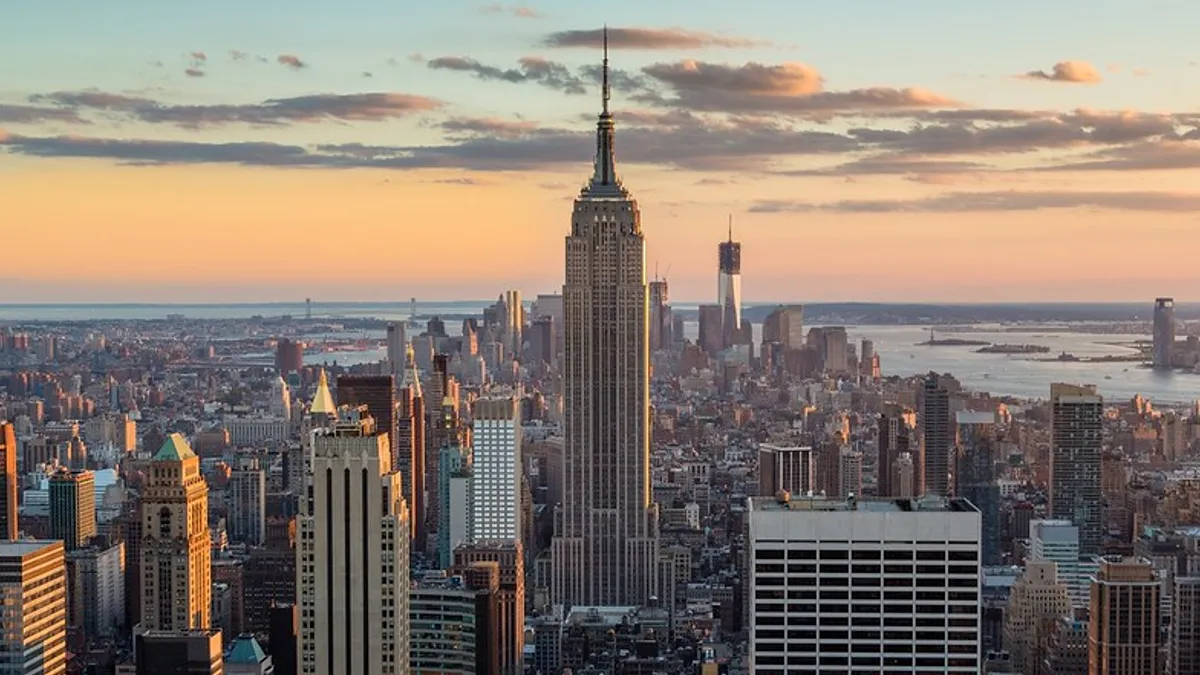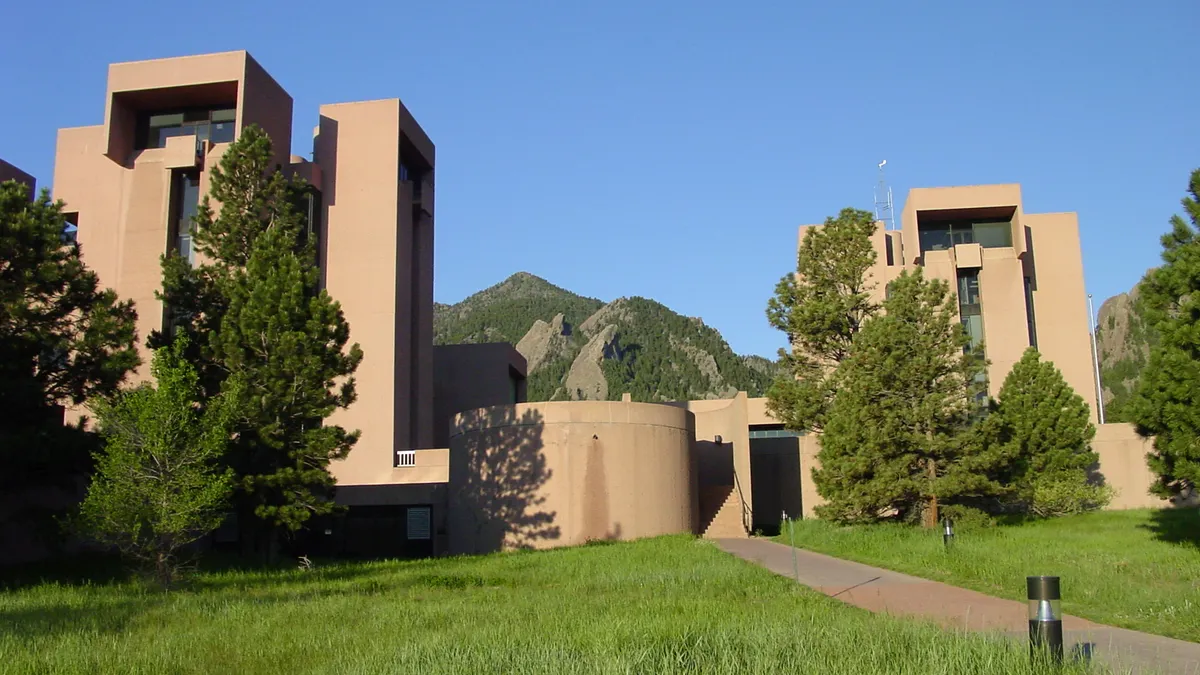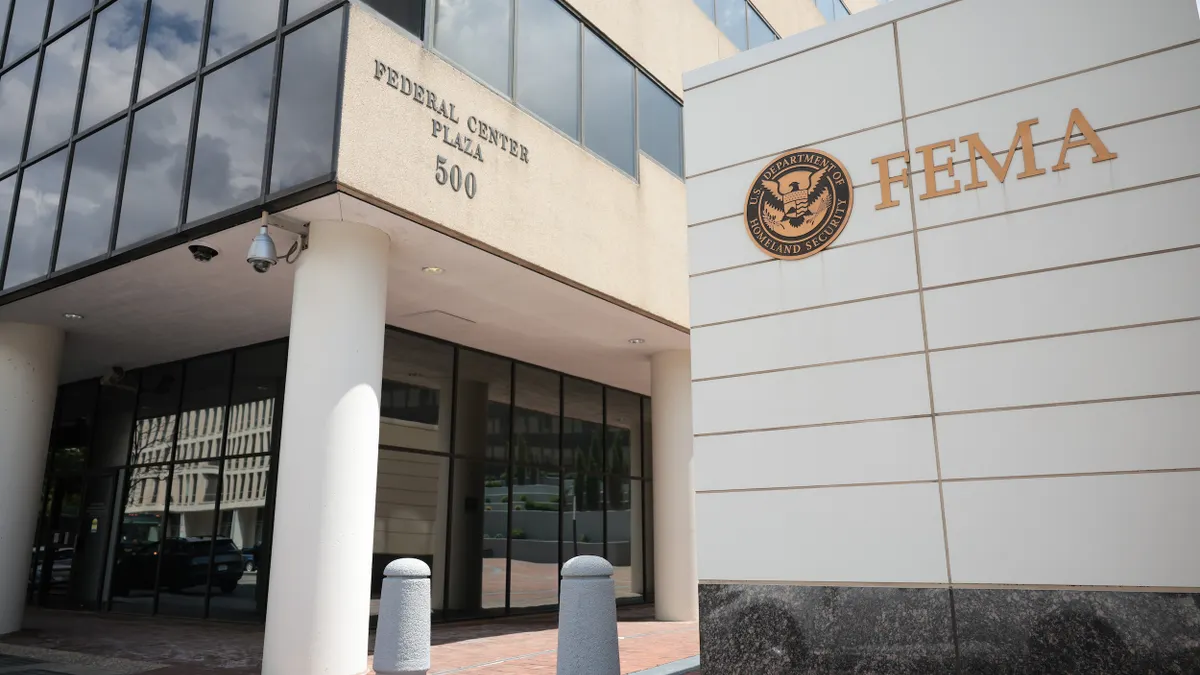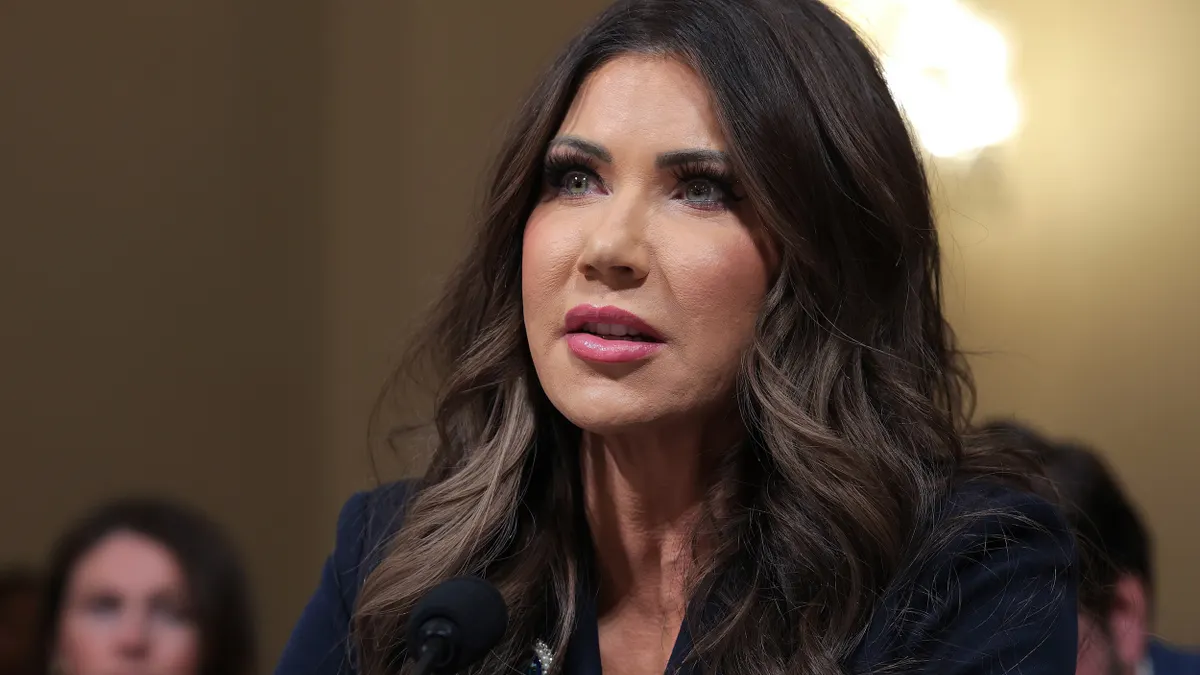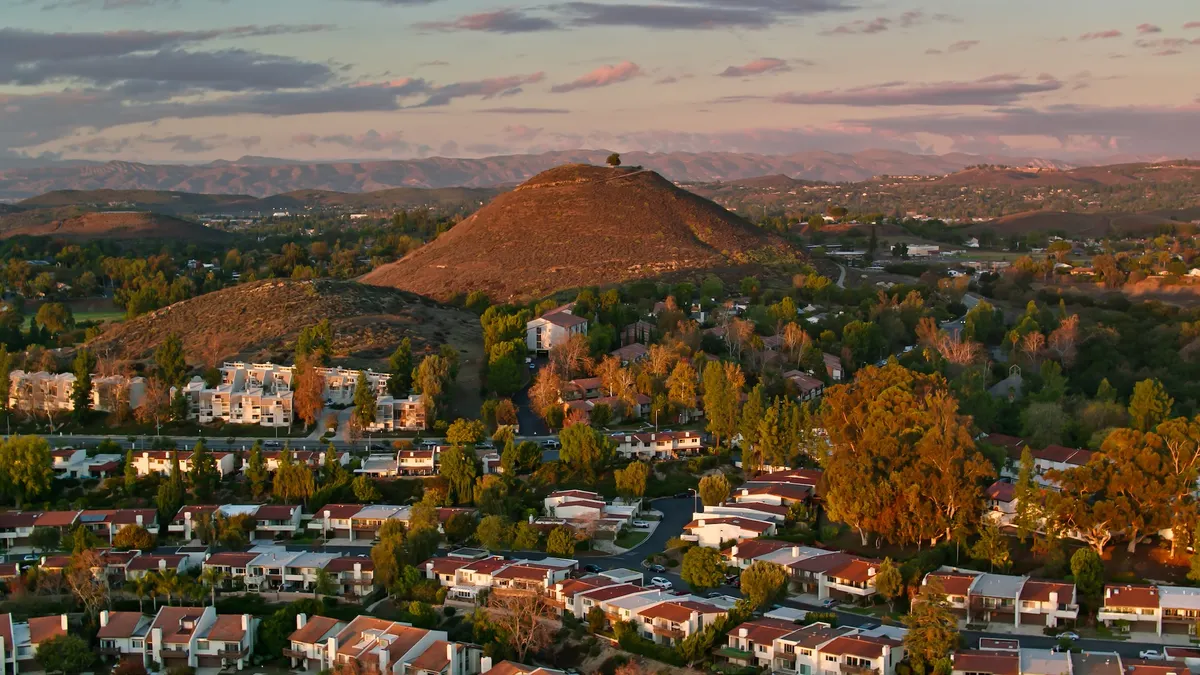Editor's Note: The following is a guest post from Shaun Donovan, former U.S. secretary of the Department of Housing and Urban Development and Office of Management and Budget Director under President Obama.
In the midst of the COVID-19 pandemic, New Yorkers have faced another deadly threat this summer — extreme heat. More Americans die every year from extreme heat than all other natural disasters combined.
And while inequality exists in nearly every crevice of our city, it has been exacerbated during the hottest days of the year because extreme heat disproportionately impacts the same communities that have been most affected by the pandemic: low-income, people of color, and the elderly. Underserved communities are less likely to have air conditioning or afford high utility bills. Furthermore, low-income neighborhoods often have higher surface temperatures due to a lack of shade and trees and proximity to heat-attracting sites like highways and factories.
While Black New Yorkers represented less than 25% of the city's population between 2000 and 2012, they accounted for almost half of all heat-related deaths. And now with many workplaces and day cares closed, as well as libraries, schools, community centers, and pools, New Yorkers are left with fewer options to cool off.
Compounding the problem, many of our city's neighborhoods are plagued with complex environmental and climate challenges. For example the Gowanus neighborhood in Brooklyn suffers from the urban heat island effect, poor air quality, and Superfund site toxicity. According to the city's Heat Vulnerability Index, which measures heat-related ailments or deaths in neighborhoods across the boroughs, other areas with increasingly hot temperatures include Central Harlem, Mott Haven, Jamaica, and Brownsville.
Under-resourced communities are also more likely to live near highly-polluting "peaker" power plants, which work on overdrive during periods of extreme heat. Long-term exposure to air pollution from these plants exacerbates health disparities among local residents and has been linked with increased risk of death from COVID-19.
Climate change makes these issues worse. Average temperatures have risen worldwide, and the past five years have been the hottest on record. In New York City, temperatures are expected to increase up to 6 degrees Fahrenheit (F) by 2050, which could result in up to five times as many heat-related deaths.
It is time to reimagine a greener and more sustainable city that mitigates extreme heat. Unfortunately, the city’s current plan, which offers free air conditioning units to up to 74,000 low-income seniors and subsidizes summer utility bills, only scratches the surface. This temporary solution does not get to the root of the problem or do enough to help the over 730,000 New Yorkers without AC in their homes. Without visionary steps the urban heat island effect will continue to plague some of the poorest parts of our city.
One of the lessons I learned as the chair of President Obama's Hurricane Sandy Rebuilding Task Force is that we have to think and plan ahead for an unpredictable tomorrow — with local community input at the helm. In the Obama Administration, I started a competition called Rebuild by Design, where world-class designers and scientists worked closely with residents to understand the risks they face and help them reimagine the community they aspire to live in.
For example, one of the winning proposals — the Staten Island Living Breakwaters project — aims to protect waterfront communities from flooding by working hand-in-hand with residents. With their input, the structures will not only reduce dangerous storm surge, but also provide habitat to the Raritan Bay's rich ecosystem of marine life and fishermen, and serve as a hub for local educational programs to teach the next generation of ecological stewards about protecting Staten Island's fragile coastline.
Right now, New Yorkers need more collaborative smart solutions that reduce overall air temperatures citywide and confront environmental health disparities that have historically been predicated on racial and economic lines. Doing so will require a greater investment in green infrastructure, such as parks, street trees, and green roofs, which absorb less heat than buildings or pavement and cool the city through evaporative processes.
Green infrastructure also addresses the root cause of extreme heat — climate change — by reducing carbon from the atmosphere and contributing to the city's goal of reducing greenhouse gas emissions by 80% by 2050. These much needed investments will collectively save New Yorkers thousands, if not millions, of dollars in the long run.
We can further reduce local temperatures by covering dark surfaces, like roads and roofs, with light-colored materials that absorb less heat. In Los Angeles, officials have painted streets white as part of a larger effort to cool down the city. This initiative has reduced roadway temperatures by up to 15 degrees and kept the indoors of nearby buildings cooler. We can adopt a similar initiative and expand New York City's current CoolRoofs program, which coats building rooftops with light-colored and reflective materials.
We cannot afford to wait for the next public health crisis or natural disaster to hit. The city must focus these efforts in underserved neighborhoods now to mitigate heat disparities across the five boroughs and work to correct a historic lack of investment in communities of color.
As the planet continues to warm, sweltering summers will keep plaguing New Yorkers. However, we cannot accept heat-related mortality as the new normal or allow citywide disparities to mean that the elderly and poor communities of color bear the brunt of this crisis.
It's about time the city takes action with forward-thinking and sustainable solutions, because no New Yorker should die of extreme heat.



